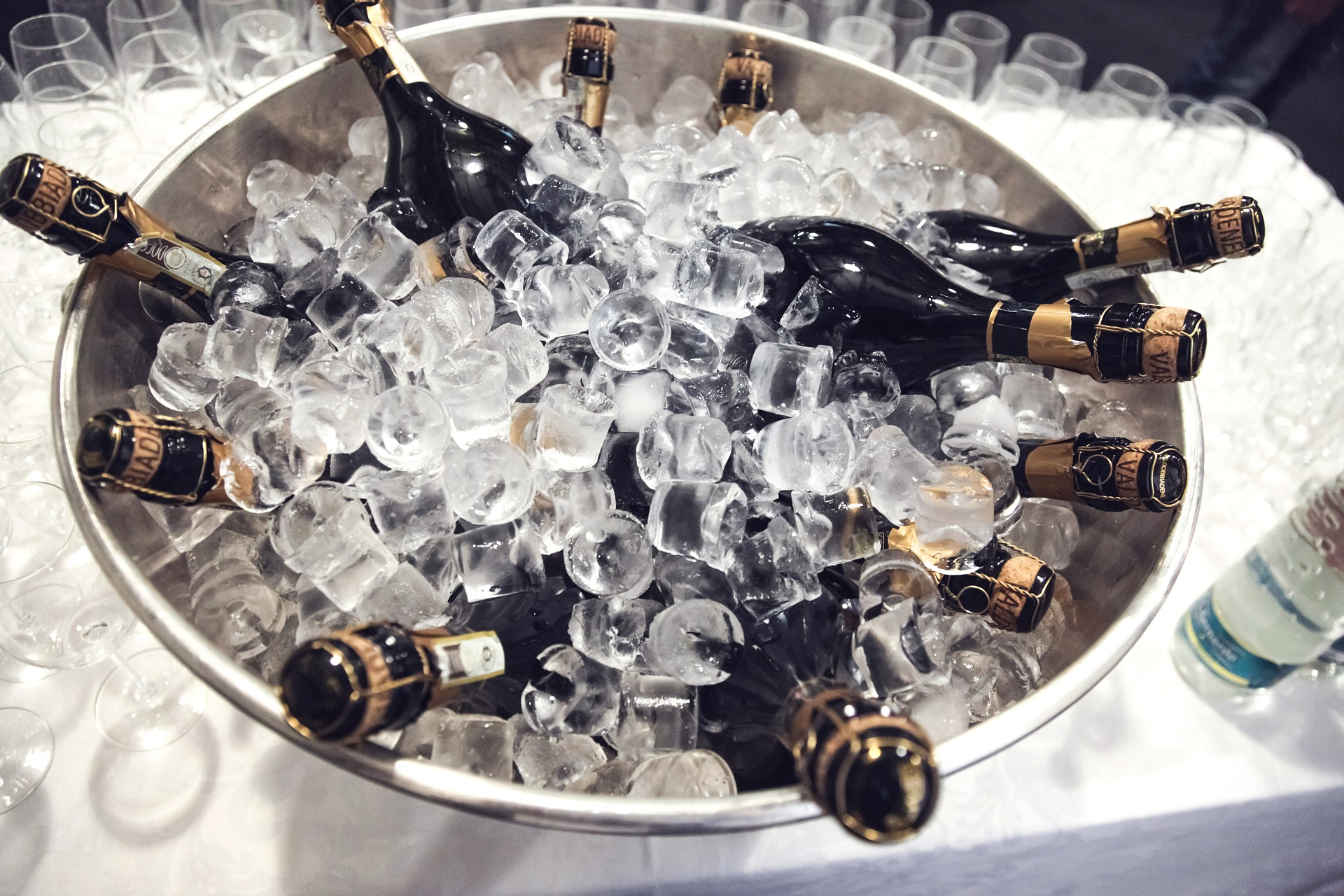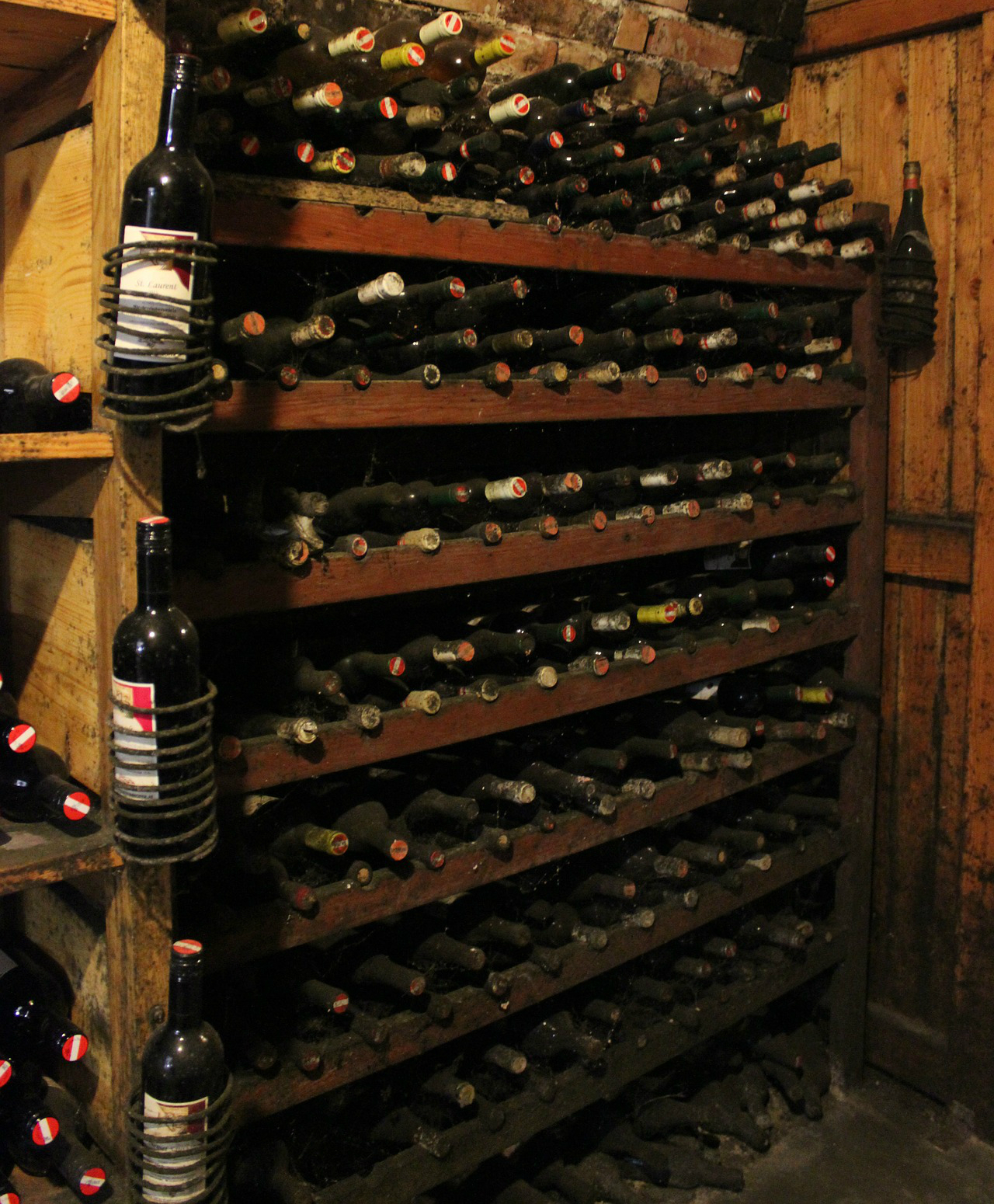Serving and storing food
What is the secret to making the most of a good wine?
The answer lies in tasting it at the right temperature and serving it in a glass that will enhance its characteristics.
The generally recommended serving temperatures allow you to enhance the objective characteristics of each type of wine, but they certainly do not represent dogmas from which you cannot deviate to suit your own personal taste.
The diagram below provides an indication of ideal temperatures for different types of products:
- Sparkling wines – 6-8 °C
- Young white wines – 8-10 °C
- Mature white wines, aromatic white wines and dessert wines – 10-12 °C
- Rosé wines – 12-14 °C
- Young and medium-bodied red wines – 16-18 °C
- Red wines with a complex structure and a long evolution – 18-20 °C

If a relatively low temperature enhances the pleasant tactile sensation generated by the fine perlage of a good classic sparkling wine, a slightly higher serving temperature exalts the olfactory wealth of a white wine made from aromatic grapes, compared to that recommended for tasting a young white wine made from neutral grapes.
Similarly, red wines characterised by a great structure and long evolution should be tasted at a temperature that is a few degrees higher than that recommended for young reds with a medium structure, to better enhance the aromatic complexity of the wine.
Typically, no wine should ever be served at a temperature above 20 °C.

To bring the wine to the ideal serving temperature it may therefore be necessary to cool it down (typically the case for white wines, but also recommended for a red wine on a warm summer evening) or warm it up slightly (such as in the case of a great 20 year old red wine stored at 12 °C in the cellar, which must be brought to the correct temperature well before being served).
Together with the temperature, the choice of glass used to serve the wine also varies by type: sparkling wines are typically served in a champagne flute, young white wines require the use of a medium size long-stemmed glass in order to avoid losing the olfactory wealth of the wine, while for a mature and structured white wine a long-stemmed glass with a wider bowl is recommended, which allows for a better oxygenation and the release of volatile aromatic molecules from the liquid.
The same goes for red wines: young reds with a medium structure should be served in good sized long-stemmed glass with an average size rim, while a long-stemmed glass with a large bowl and a broader rim are recommended for reds with a great structure and long evolution, allowing the full expression of the bouquet.
In order for the wine evaluation to be correct, it is also necessary to pay close attention on how the bottles are stored following their purchase. If you do not have an actual wine cellar at your disposal, where the best bottles can be stored at an optima temperature of 12-13 °C, you may want to consider purchasing a portable wine cellar to keep your wines at a constant temperature. This avoids the wine being subject to temperature changes that can deteriorate the product by accelerating the oxidative processes of aromatic molecules. In this regard, if you buy a bottle of a good red wine in the summer, keeping it at room temperature is not the ideal solution and, in the absence of better alternatives, keeping it in the refrigerator may be your best option!
It is also important not to expose wine bottles to direct light sources (artificial or natural) since this practice is often, especially when it comes to white wines, the cause of the so-called “premature aging” of the wine.






